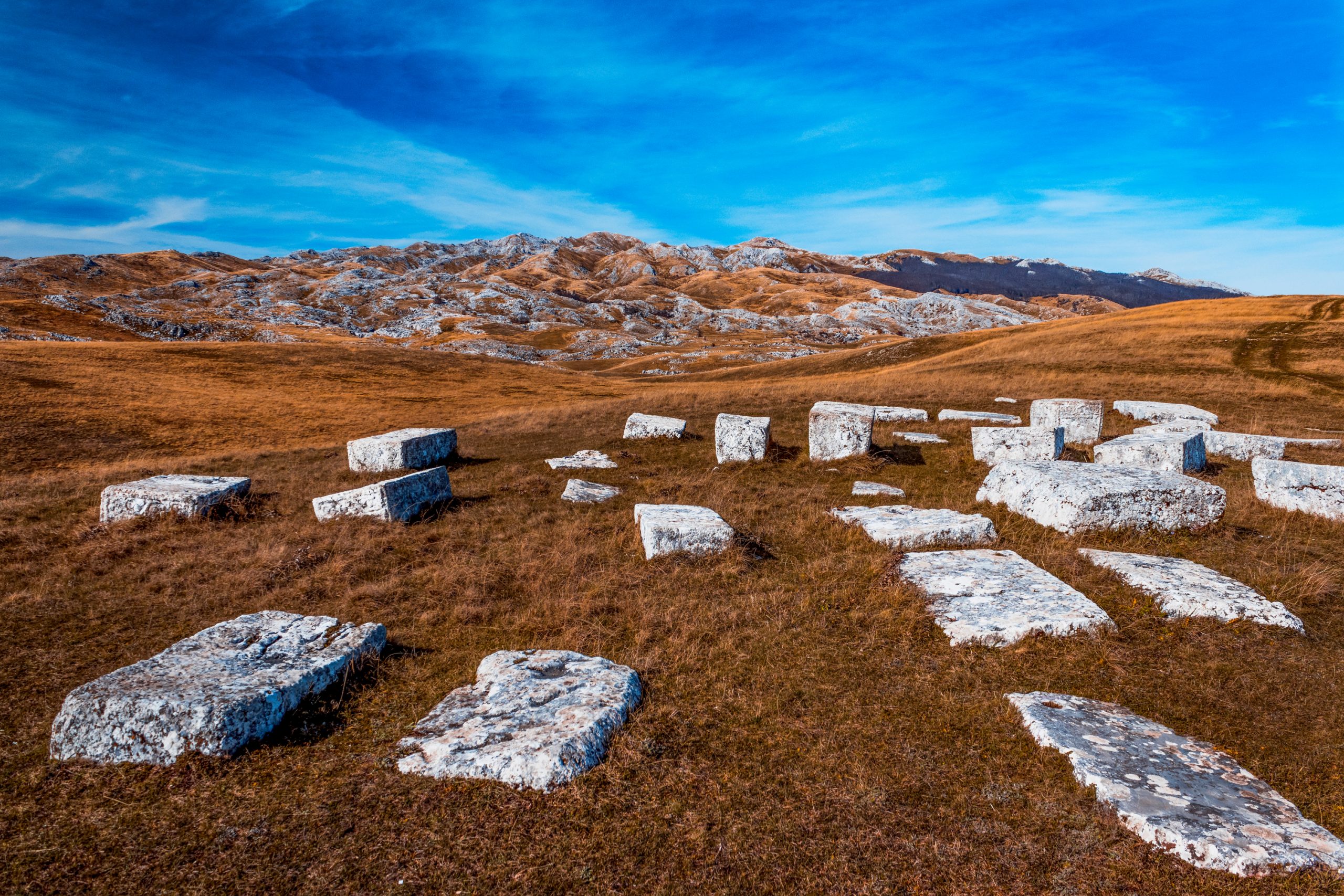
Dinaric Alps: the other Alps. They still give off that vibe, don’t they? The entire region: the other Europe. We will probably never shake off that attribute, so why not embrace it? If the entire Balkan region is the other Europe, then Dinaric Alps are the other, darker, unknown, chaotic Alps? Let’s pretend, for the sake of this article, that they are.
A large part of Bosnia and Herzegovina and the eponymous mountain – Dinara, lie within this mountain range. Apart from the extreme north up to the Sava River and part of the south that lies in the fertile Neretva River delta, the entire country and the lives of its inhabitants are defined by mountains. The place names and the customs still practiced today, which predate Christianity and Islam, testify of their rich role in the lives of people who live there (for example, the name of Mt. Prenj is related to the Slavic god Perun, Velež is linked to Veles; on the peak of Džamija people offered cheese and performed religious rituals to ensure favourable weather conditions, etc.).
This article will focus on positive architectural practices but will also cite negative ones because it would be irresponsible to present everything as picture-perfect and thus minimize the efforts needed to produce the extraordinary in such a context. This contrast is what makes this architecture valuable. Several typologies will be presented, but the article does not claim to be a comprehensive, detailed overview of the contemporary architecture in Bosnian mountains.







